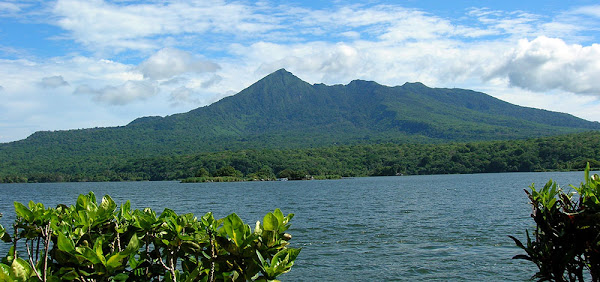Y segundo, una inversi3n millonaria en instalaciones de purificaci3n de fuentes medianas de calidad, acompaada de una masiva campaa educativa para que la poblaci3n se ilustre finalmente en materia de ambiente. âPorque la reforestaci3n y la contaminaci3n se tratan, pero la mala culture de destruir todo no, y eso is lo que se tiene que modificar para salvar las fuentes de agua que saciarn la sed de las pr3ximas generaciones,â said Incer, who is not too optimistic about the future of our land
Timeline: Nicaragua's Evolution and Development EL ESTADO NICARAGENSE EN SU HISTORICO DESARROLLO. On this occasion, we will examine the formation of Nicaragua's states, as well as their historical location and a few noteworthy facts. Nicaragua, as such, did not gain independence from Spain on 15 September 1821, as the country did not exist as a nation at the time, but rather as a province within the Kingdom of Guatemala, formed by the Provincias Ciudad Real de Chiapas, Guatemala, San Salvador, Comayagua (de Honduras), and the Provincia de Nicaragua. 1821 Initiates the declaration of independence. Nicaragua, along with Central America, gains independence from the Spanish government. El territorio se regira por sus propias normas. Contradicciones entre la Corona Espaola and los criollos qui habitaban en las colonias precipitaron la independencia. During the years 1822-1823. Se acerca al imperio mejicano, uni3n que durar3 hasta 1838. Centroa
More information on the population structure: 3n urbanizaci3n (E 2020) 2 722 435 rural (41.3 percent ) 3 873 239 urbano (58.7 percent ) Nicaragua currently has a population of 6 595 674 people. El 49.3 percent de la poblaci3n total son hombres, y 50.7 percent son mujeres. Approximately 58.7 percent of the population lives in urban areas. [2] ​
Rubn Daro (Flix Rubn Garcia-Sarmiento, 1867–1916) achieved international literary recognition with the publication of Azul, a collection of lyric poems and short tales. Daro was born in Metapa, which has been renamed Ciudad Daro in his honor. He pioneered a new literary style in Spanish, defined by "art for the sake of art" and a celebration of the senses. Miguel Larreynaga (1771â1845) was a prominent person during the colonial era and afterwards an outspoken independence leader, educator, judge, and novelist. Santiago Argu«llo (1872â1940) was a well-known educator and poet. Fray Azaras Pallais (1885â1954), Alfonso Corts (1893â1963), and Salom3n de la Selva (1893â1959) are three contemporary poets. Luis Abraham Delgadillo (1887–1961), a writer, professor, and conductor of music, was also Nicaragua's most prolific composer. The Somoza family ruled Nicaragua from 1934 to 1979. They included Anastasio Somoza Garca (1896â1956), who served as president from 1937 to 1947 and again from 1950 to 1956; his oldest son, Luis Somoza Debayle (1922â67), who served as president from 1956 to 1963; and a younger son, Anastasio Somoza Debayle (1925â80), who served as president from 1967 to 1972 and again from the 1974â79 revolution. The Sandinistas, who overthrew the Somoza monarchy, are named after nationalist Gen. Augusto Csar Sandino (1895–1934). Jos Daniel Ortega Saavedra (b. 1945) rose to prominence as a leader of the junta that ruled Nicaragua from 1979 to 1990.











